Thank you for purchasing this Simon & Schuster eBook.
Sign up for our newsletter and receive special offers, access to bonus content, and info on the latest new releases and other great eBooks from Simon & Schuster Books for Young Readers.

or visit us online to sign up at
eBookNews.SimonandSchuster.com

Also by Rick Yancey
THE MONSTRUMOLOGIST
THE CURSE OF THE WENDIGO



An imprint of Simon & Schuster Childrens Publishing Division
1230 Avenue of the Americas, New York, New York 10020
www.SimonandSchuster.com
This book is a work of fiction. Any references to historical events, real people, or real locales are used fictitiously. Other names, characters, places, and incidents are products of the authors imagination, and any resemblance to actual events or locales or persons, living or dead, is entirely coincidental.
Copyright 2011 by Rick Yancey
All rights reserved, including the right of reproduction in whole or in part in any form.
 is a trademark of Simon & Schuster, Inc.
is a trademark of Simon & Schuster, Inc.
The Simon & Schuster Speakers Bureau can bring authors to your live event. For more information or to book an event, contact the Simon & Schuster Speakers Bureau at 1-866-248-3049 or visit our website at www.simonspeakers.com .
Book design by Lucy Ruth Cummins
The text for this book is set in Adobe Jenson Pro.
Manufactured in the United States of America
10 9 8 7 6 5 4 3 2 1
Library of Congress Cataloging-in-Publication Data
Yancey, Richard.
The Isle of Blood / William James Henry; edited by Rick Yancey.
p. cm.(Monstrumologist; 3)
Summary: When Dr. Warthrop goes hunting for the Holy Grail of Monstrumology in 1888, twelve-year-old orphan Will Henry follows him to Socotra, plunging into depths of horror worse than anything he has experienced so far.
ISBN 978-1-4169-8452-8 (hardcover: alk. paper)
ISBN 978-1-4169-8974-5 (eBook)
[1. SupernaturalFiction. 2. MonstersFiction. 3. ApprenticesFiction. 4. OrphansFiction. 5. Horror stories.] I. Title.
PZ7.Y19197Isl 2011
[Fic]dc23
2011019949

For Sandy

Fig. 36

There was red rain in the Mediterranean region, March 6, 1888. Twelve days later it fell again. Whatever this substance may have been, when burned, the odor of animal matter was strong and persistent.
( LAstronomie , 1888)
[The object that fell from the sky] was a circular form resembling a sauce or salad dish bottom upward, about eight inches in diameter and one inch in thickness, of a bright buff color, with a fine nap upon it similar to that of milled cloth. Upon removing the villous coat, a buff-colored pulpy substance of the consistency of good soft soap, an offensive, suffocating smell appeared; and on near approach to it the smell became almost insupportable, producing nausea and dizziness. A few minutes exposure to the atmosphere changed the buff into a livid color resembling venous blood.
Professor Rufus Graves,
The American Journal of Science , 1819
Seek a fallen star, said the hermit, and thou shalt only light on some foul jelly, which, in shooting through the horizon, has assumed for a moment an appearance of splendour.
Sir Walter Scott, The Talisman , 1825


Contents

Everyone has someone .
More than three years had gone by since the director of the nursing home had handed over to me the thirteen leather-bound notebooks belonging to the deceased indigent calling himself William James Henry. The director did not know what to make of the journals, and, frankly, after reading the first three volumes, I didnt either.
Headless humanoid killing machines running amok in late-nineteenth-century New England. The philosopher of aberrant biology who studies and (when necessary) hunts down such creatures. Microscopic parasites that somehow give their hosts unnaturally long livesif they dont choose to kill them instead. Midnight autopsies, madmen, human sacrifice, monsters in underground lairs, and a monster hunter who may or may not have been the most famous serial killer in history. There was no question that Will Henrys strange and disturbing diary had to be a work of fiction or the carefully executed, highly organized delusions of a man whose reason had clearly come undone.
Monsters are not real.
But the man who wrote about them certainly was real. I had spoken to the people who had known him. The paramedics who had taken him to the hospital after a jogger discovered him unconscious in a drainage ditch. The social workers and policemen who worked his case. The staff and volunteers at the assisted-living facility who had bathed and fed him, who had read to him and eased his passing at the ripe old age (according to Will Henry) of 131. And, of course, I had in my possession the journals themselves, which someone had written. The question washas always beenone of identity, not veracity. Who was William James Henry? Where did he come from? And what unfortunate circumstance brought him to that drainage ditch, half-starved, those handwritten notebooksbesides the clothes on his backhis sole possession?
Everyone has someone, the director of the facility had told me. Someone knew the answer to those questions, and I took it upon myself to find that person, publishing the first three volumes of the journal under the title The Monstrumologist in the fall of 2009. The second set, called The Curse of the Wendigo , was published the following year. Though the subject matter was just this side of outlandish, I hoped the author had incorporated at least some of the truth about himself and his past. A reader might recognize something in the tale about a relative, a coworker, a long-lost friend, and contact me. I was convinced someone somewhere knew this poor man calling himself Will Henry.
My motivation went beyond mere curiosity. He had died alone, with nothing and no one, and had been laid to rest in a paupers grave with the poorest of the poor, forgotten. My heart went out to him, and I wanted, for reasons I still do not entirely understand, to bring him home.
Soon after The Monstrumologist was published, I began receiving e-mails and letters from readers. The vast majority were cranks claiming to know who Will Henry was. More than one offered to tell mefor a price. A few offered well-meaning suggestions for further research. Some, predictably, accused me of being the author. A year went by, then two, and I was no closer to the truth. My own research had resulted in no significant progress. In fact, at the end of two years, I had even more questions than when Id begun.
Next page
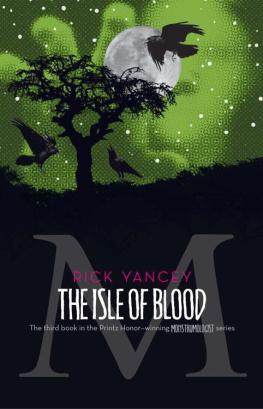
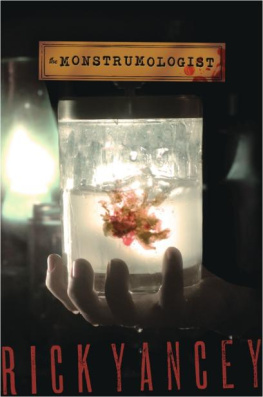
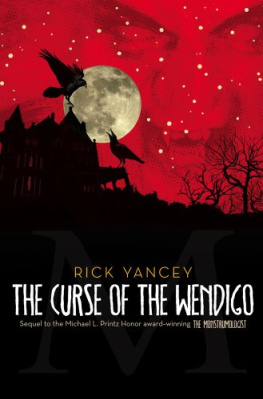
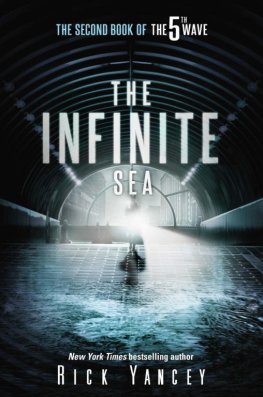
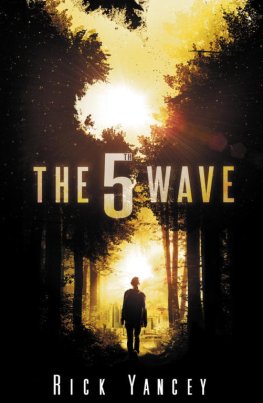





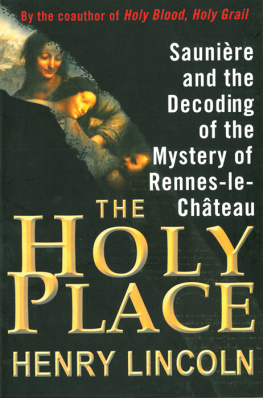
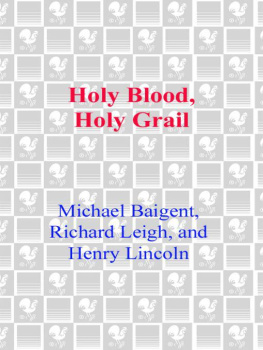
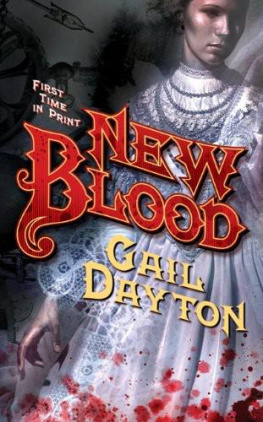
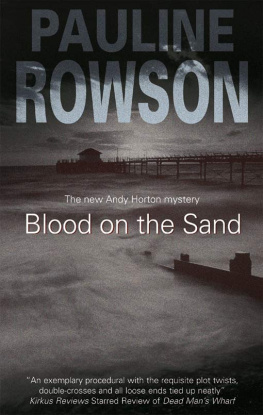





 is a trademark of Simon & Schuster, Inc.
is a trademark of Simon & Schuster, Inc.




